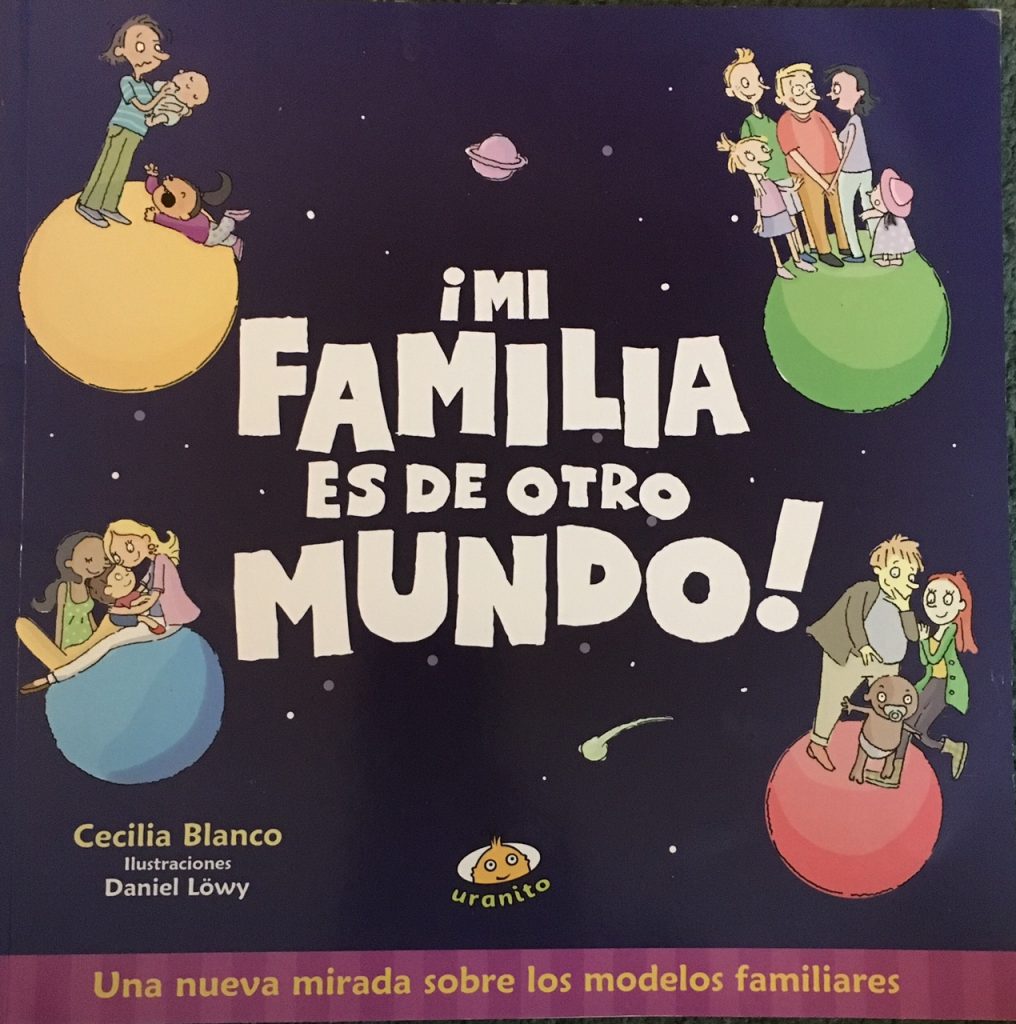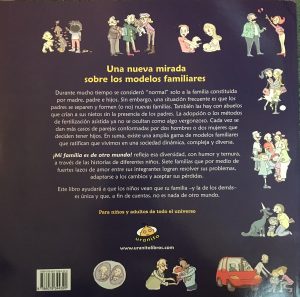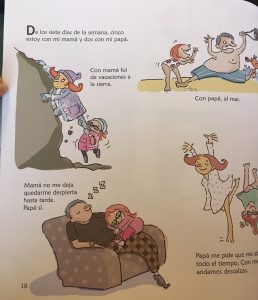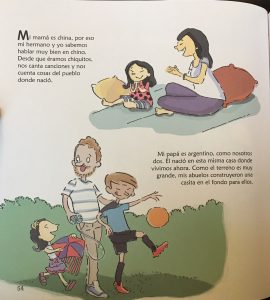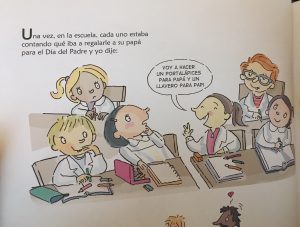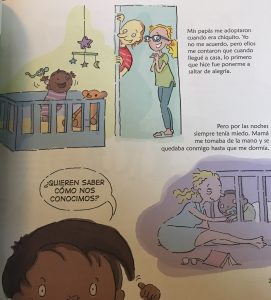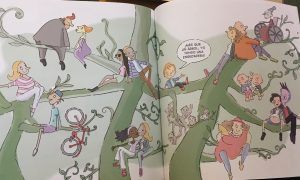¡Mi familia es de otro mundo!
A couple of years ago I was asked to help produce some lesson plans for around celebrating and exploring diversity and enabling everyone to be themselves without fear of discrimination.*
As part of this I did some research into books in Spanish that would be suitable for this purpose.
One of the plans I wrote was around families all being different and getting away from mum, dad and 2 kids = a family. At the time I did not use a book as the basis of the resources I made, but I’ve since found this book that I think is a lovely resource that I’d like to use next time we look at families. I envisage choosing a few chapters to read and discuss as a five-ten minute segment, perhaps in conjunction with RE/PSHE that I often teach as well as Spanish.
ISBN – 978-607-9344-32-0
Mi familia es de otro mundo literally means My family is from another world, but actually means My family is out of this world in the sense of being amazing. The book tells the stories of seven children, each one with a family to share, each family different.
There’s Juli whose parents have split up and spends part of the week with each, Lu who has two Dads who get married with her as ring bearer, Santi who looks nothing like his parents as they adopted him as a baby, Sol and Matu who are test tube babies, Vale who has an Argentinian Dad and a Chinese Mum so has two cultural identities, Leo whose Dad died when he was small so it’s just him and his Mum – and Negro the dog, and Fran who has what he calls una familia enredadera, literally a tangled family with parents who have split up and have new partners and/or children.
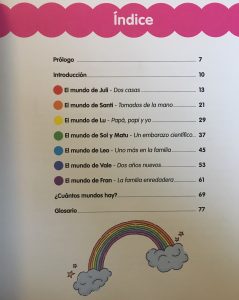
Each story is told very simply in short paragraphs of a very sentences with a longer information box that clarifies or explores some of the ideas and issues raised. The book concludes with more family models including grandparents as prime carers, parents whose jobs mean that they don’t see their children for months on end, surrogate mothers, extended families. foster families and globetrotting families with children born in a variety of countries.
I really like some of the images that are used to explain families, in particular the idea of some families not fitting on a family tree but rather a family climbing plant!
The book concludes as below. In English:
Every family has a way of living, of sharing, of celebrating, of arguing, of loving. There are no two the same.
Sometimes because of that when we compare our family with another we think “My family is from a different world!” Or when someone sees something in a family that is a bit odd to them they whisper “Every family is a world (or each family to their own)”
But in fact, there is only on world, this one, where there’s room for all families.
 |
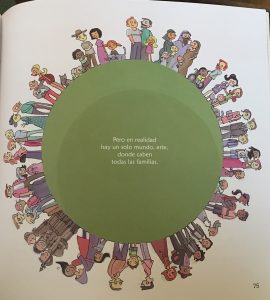 |
|---|
This is a message that I think is really important as we look to encourage children to value diversity and to understand that our life is much richer by learning about and from others’ experiences. We might not share their beliefs and we may find some of their ways a little odd but we all live on the same planet, have the same basic needs and, in the words of Jo Cox, “we have far more in common than that divides us.”
I’ll share more of my ideas of how we can do this in other ways too in future posts. Other books that might interest you along the same lines:
El gran libro de las families (in English The Great Big Book of Families )
Cada familia a su aire; el gran libro de la familia
*I wrote the KS 1 and 2 MFL, and KS1 and KS2 ICT lesson plans that you can find on the Educate and Celebrate website here under PRIMARY.
